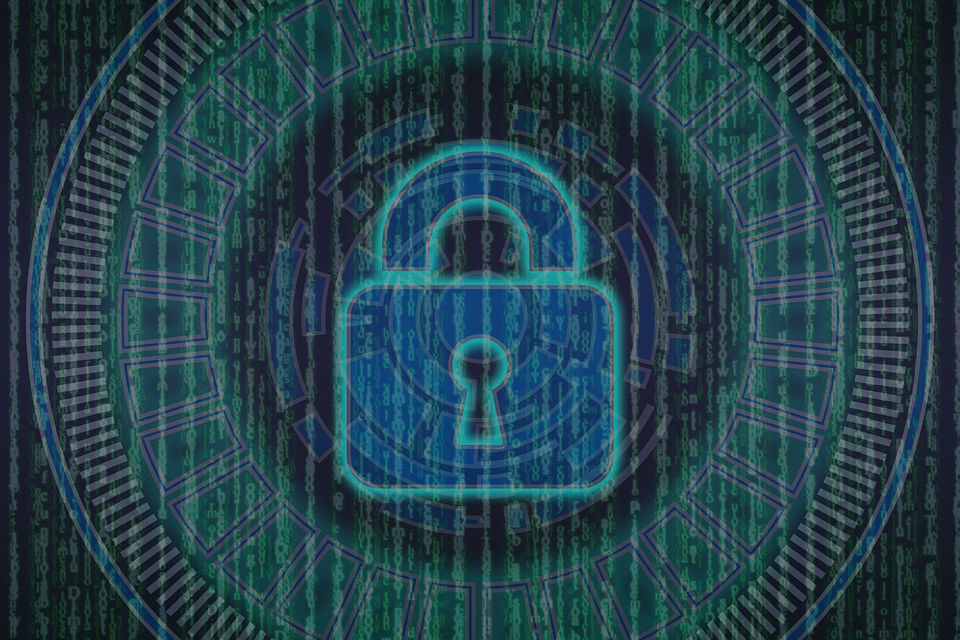What should a company mark down as ‘done’ when it comes to a strong cyber-defense internal policy that also depends of its employees, besides using the right software tools? Cyber awareness policies, obviously.
We have previously approached the recommended organizational cyber-strategies when it comes to company IT environments in a more general context, but this time the guidelines for an efficient policy are the main issue.
Here are the basics in implementing strong cyber-security awareness in your company:
-
Mapping down your essentials
The NIST-issued framework from 2013 advised businesses to:
– Identify;
– Protect;
– Detect;
– Respond;
– Recover.
*Where by “identify” they mean the process of inventorying the most valuable company assets in terms of digital data, focal points in systems, employees that have the highest access to sensitive information and also the predictable weak entry points.
-
Organizing your repetitive processes in security awareness
Another element that once configured goes on by protecting your system by itself, consists of all automated or semi-automated software-based processes. Review your software configuration, your major allowed processes, set your software to correctly update itself, instruct the employees to do the same and/or to check if their machines are still set to benefit from the necessary updates.
This may take a while, but when it’s completed, you may mark it as done and go on to the next step.
-
Protecting all company interfaces
This step concerns all data exchanges that take or may take place between your system and off-premises systems:
– Institute a BYOD policy oriented on cyber protection;
– Acknowledge shadow computing if there is any taking place in your offices and establish the ground rules for shadow IT;
– Set your cloud configuration to a preventive protection level;
– Secure company accounts by using two-factor authentication and a suitable differentiated clearance for users’ access;
– Improve passwords;
– Decide upon a comfortable level of online sharing when it comes to company data and brand image elements.
-
Training your employees in view of cyber-security awareness
Regardless of whether you are considering permanent of temporarily employees, senior or entry-level personnel, once connected to your company system all their machines communicate, therefore each person holds the potential of representing a weak entry point.
You may divide people into groups according to their clearance and plan different sets of guidelines in view of their daily interactions with the digital systems, but make sure you take into consideration that sometimes atypical activities may take place, such as unauthorized people working on different computers, so structure your minimal guidelines to cover these instances as much as possible.
Make sure each individual understands their role and responsibilities – also, explain what social engineering means and encourage efficient internal communication and preventive double-checking when in doubt.
Another recommended practice would be running incident response drills, in order to prepare your staff for the eventuality of a cyber-security incident. Disposing of trained, calm people around in situations when every minute might be important in containing a cyber-infection or the damages induced by a cyber-attack, is important.
Small businesses can also apply the same security-first mentality, especially when they have to meet compliance rules, but even in a preventive manner, cyber-security strategies are never a waste of time.
As mentioned in a Keeper and Ponemon Institute study, no business is too small to evade cyber-incidents, and often SMBs make the mistake to consider the contrary to be true, thus lacking a proper control and visibility of all that represents its digital systems, as well as their online image.
-
Forgetting about cyber-security worries
Yes, this is just a way of putting things in order to attract our readers’ attention. Nevertheless, there is some truth in that allegation, too. Because when a business is unprepared to protect itself from cyber-threats, or to promptly react in the event of a cyber-incident, as much as its leaders would like to claim they have peace of mind when it comes to cyber-responsibility, they actually don’t.
Even when being stubborn and refusing to accept the realities of our cyber-vulnerable tech environment, there is little we can do to carry on with that attitude for long. Nowadays peers and generally the business environment have learned that inter-connectivity demands compliance guidelines and strong standards to be respected universally – so it won’t be long before some potential client or partner inquires about your cyber-security strategy.
The second possibility would be that an organization knows some of the potential risks, yet refuses to actively find out more or pursue operations of safeguarding its data – even more constant worries lie beneath the surface in such a case.
Only after having immersed itself in relevant and comprehensible cyber-security related information, take on the best practices in the field and adopted preventive on-premises or externally based measures as well as after having undergone a rigorous cyber-strategy implementation stage (employees training included) can an organization, regardless of its size, forget about cyber-worries. Not in the sense that it can erase all that preparatory, preventive series of actions, but in the sense that once established, the sum of right, preventive behaviors would continue to play their crucial role in an almost automatized way.
Or, to sum it up, the organizations that have adopted the cyber-security awareness benefit from a more relaxed state of mind, because all the right protective means are deployed and will act as a protective layer. The cyber-protection becomes passive, and has a maintenance status.





















































